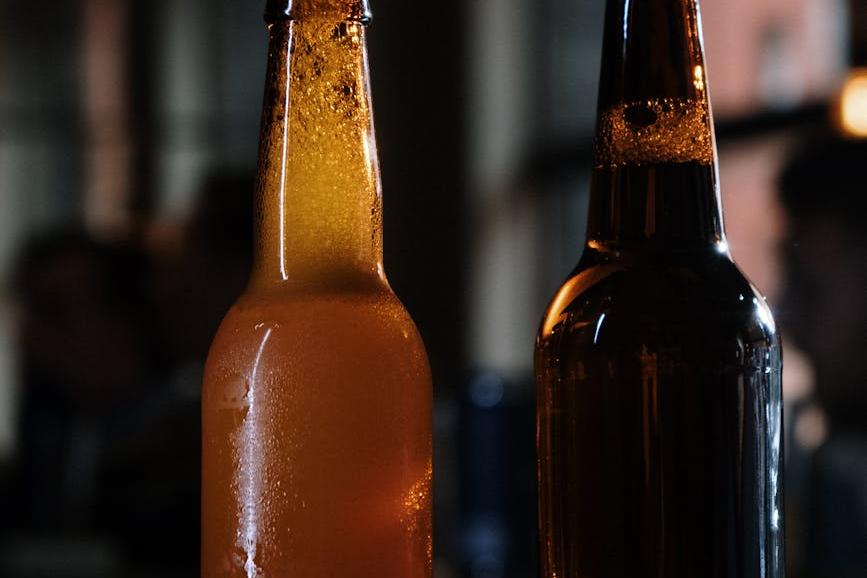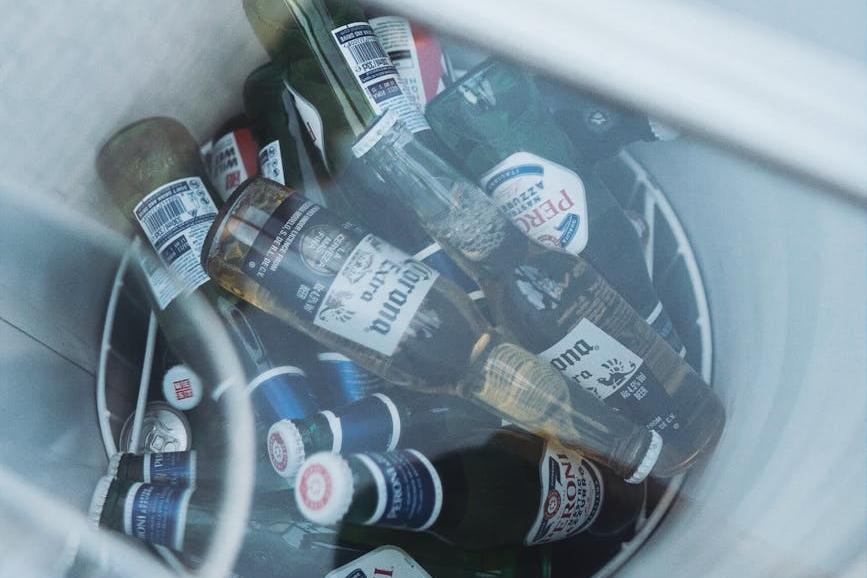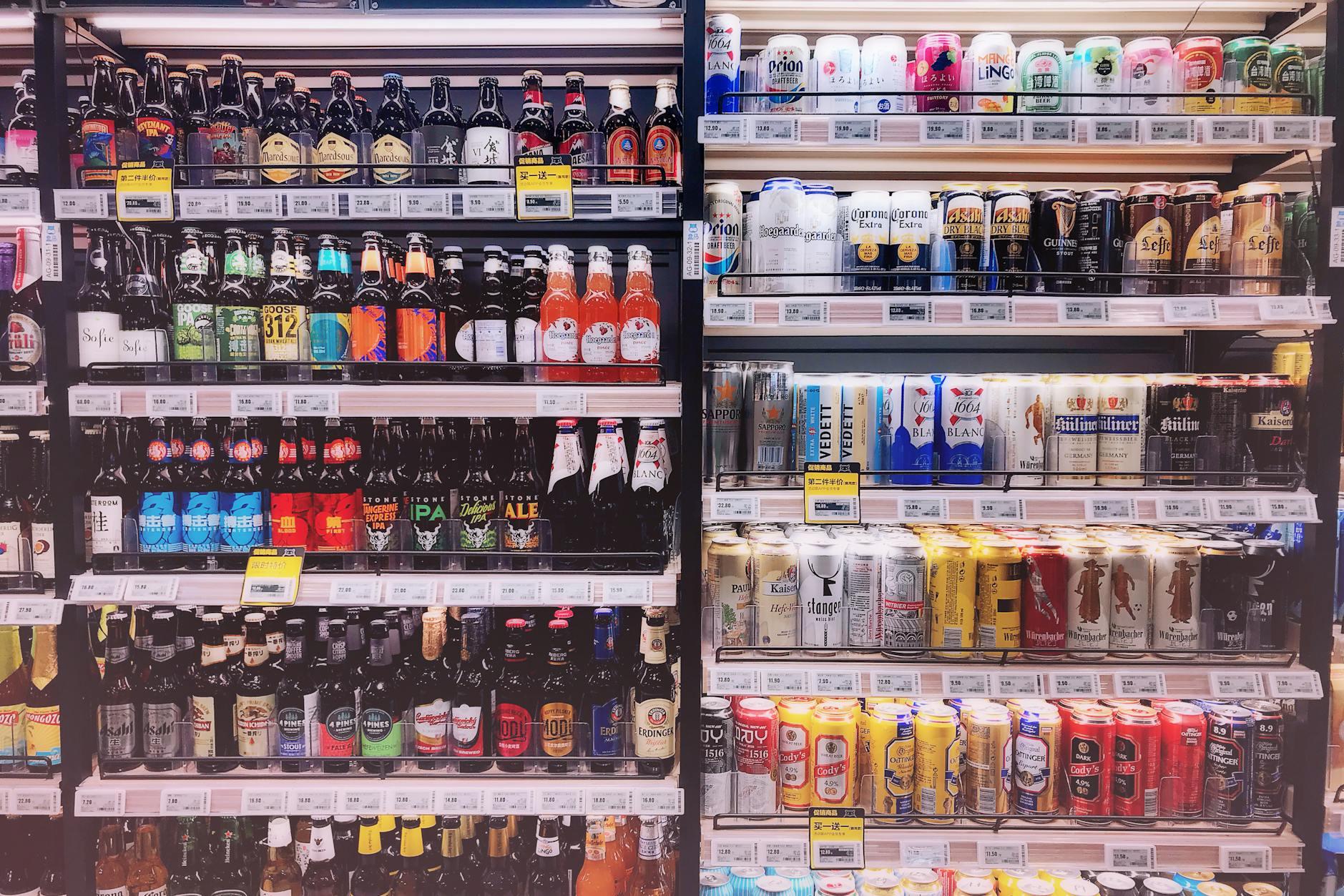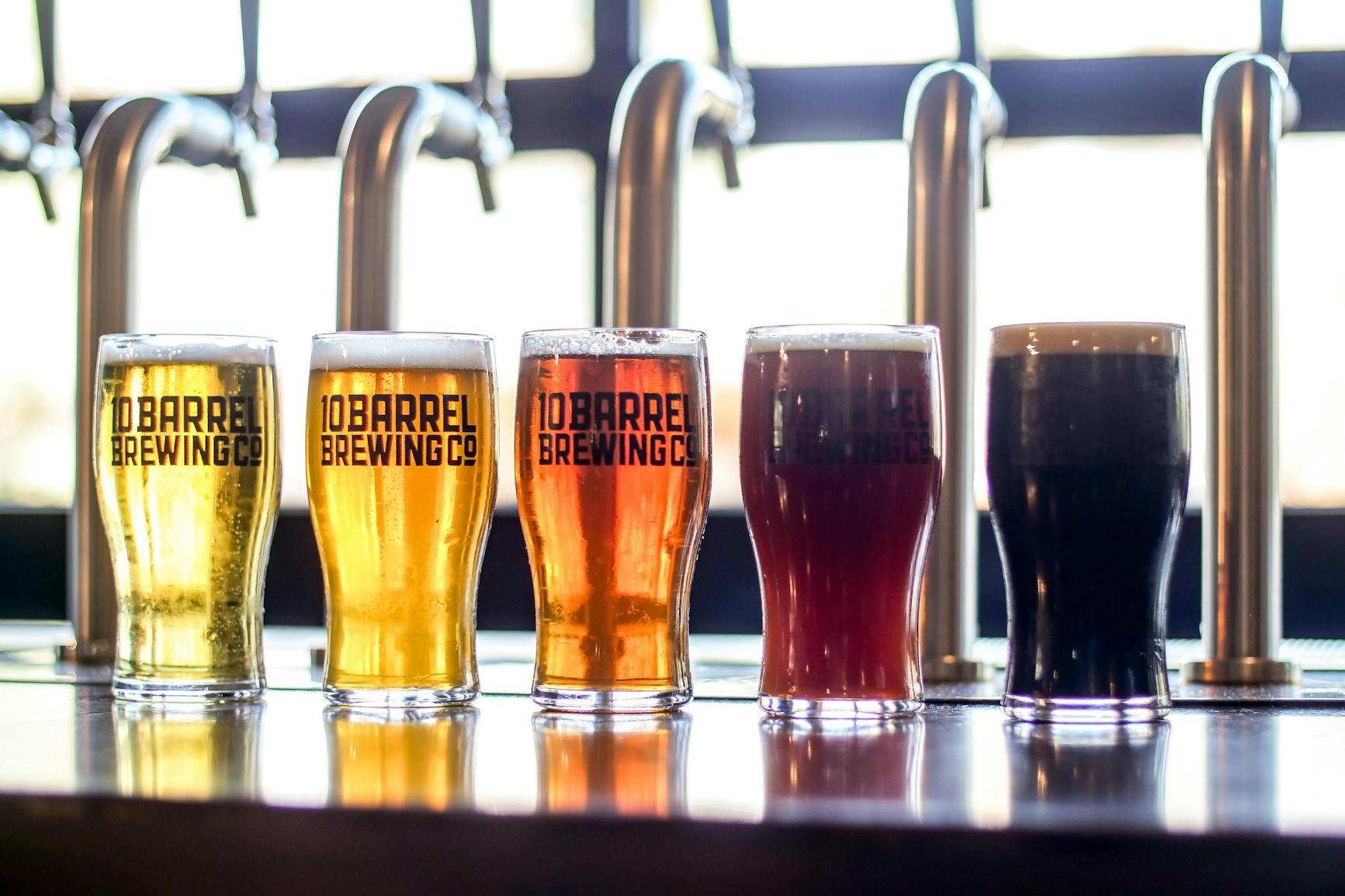- Shanghai Zhongshen International Trade Co., Ltd. - Two decades of trade agency expertise.
- Service Hotline: 139 1787 2118
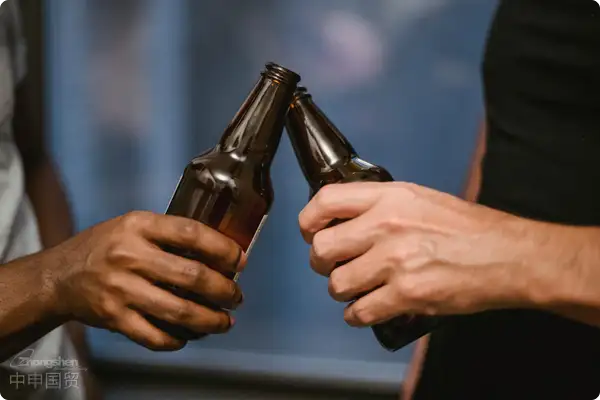
When Wine Meets Customs: Those Details Not Found in Textbooks
Three years ago, an importer overpaid 470,000 yuan in tariffs due to incorrect HS code usage. Last week, another industry player faced full-container return due to missing ingredient lists on back labels. In this seemingly glamorous imported alcohol sector,The real competition often lies hidden in the remarks column of the seventh field on the customs declaration form.
Import RepresentationThree Invisible Minefields for Importers
- Certification Dilemma: A European winery held both old and new versions of health certificates but submitted the expired version during customs declaration
- Origin Mystery: Products labeled as Bordeaux AOC were actually bottled in a bonded warehouse in Eastern Europe
- Label Tricks: Translation discrepancies in the Chinese back label Drink in Moderation led to the entire batch being held at the port for rectification
Three Key Practices for Customs Clearance
| Inaccurate specification description leads to procurement errors | Key Points for Beer | Key Points for Wine |
|---|---|---|
| Classification Declaration | Note the conversion relationship between malt concentration and alcohol content | Distinguish brewing processes (still/sparkling) |
| Licenses and Certificates | Alcohol Distribution License + Sanitary Certificate | It is recommended to verify through the following methods:Book + Ingredient Analysis Report |
| On-site inspection | Dent Judgment Standards for Cans | Cork Humidity Testing |
The Temperature Game in the Supply Chain
Last summer, a batch of Cabernet Sauvignon was exposed to 40°C at the dock for three hours, causing permanent changes to its tannin structure. Recommendations:
- Temperature Control Settings: Wine 14-16°C, Beer 0-4°C
- Warehousing Strategy: Transitional temperature-controlled warehouses are recommended in South China
- Traceability System: Require suppliers to provide full-chain temperature control records
Lessons from Two Real Cases
Success Case:An East China importer reduced sparkling wine tariffs from 42% to 21% through pre-classification rulings
Failure Case:An entire container of products was destroyed by customs due to ignoring the limit standard for the additive potassium metabisulfite
Three Golden Rules for Choosing Service Providers
- Check System: Request to review customs clearance records from the past 6 months
- Verify Cases: Request clearance files (anonymized) for similar products
- Assess Team: Confirm that operators hold customs proficiency certificates
Final Reminder:When signing agency agreements, clearly define port detention compensation clausesLast year, overdue storage fees for imported beer due to inspection delays even exceeded the value of the goods. Remember, a good partner should be like a decanter—filtering risks while fully releasing commercial value.
Related Recommendations
Category case
Get in Touch
Email: service@sh-zhongshen.com
Related Recommendations
Contact via WeChat

? 2025. All Rights Reserved. Shanghai ICP No. 2023007705-2  PSB Record: Shanghai No.31011502009912
PSB Record: Shanghai No.31011502009912

